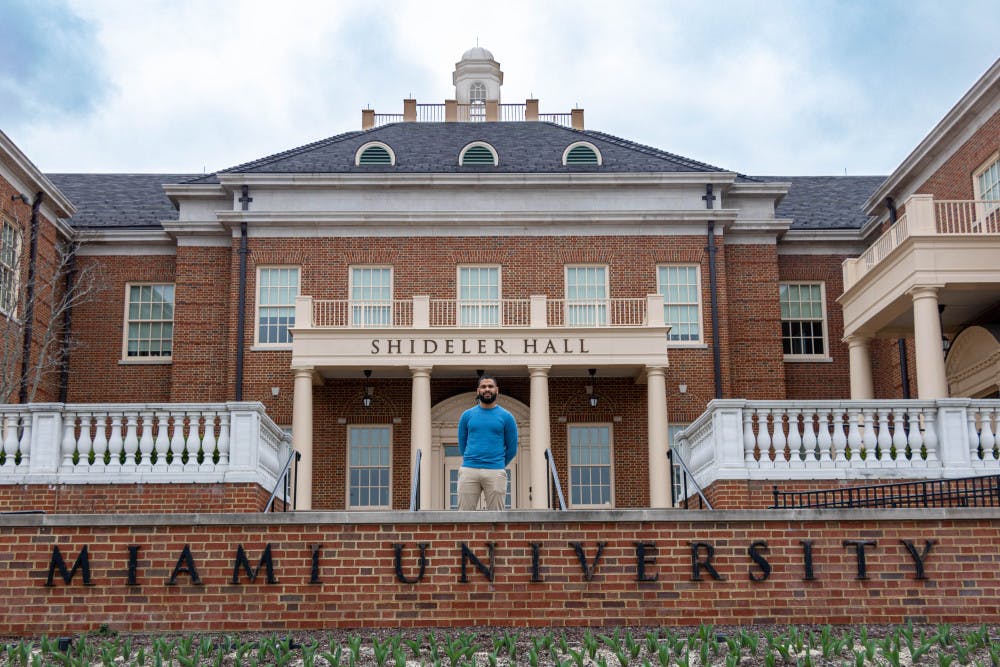By: Archer K. Hill II
No two IES graduate students are alike. The Institute for the Environment and Sustainability at Miami University prides itself on offering an interdisciplinary approach to studying the most pressing environmental concerns our world faces, and its students reflect that diversity of thought in their coursework. With a background in international studies and geography and an ambition to work in environmental journalism, I sought an academic experience that was grounded in the scientific method, but would also help develop my hard skills as a professional. This focus of mine on the professional application of science was the main reason I applied to Miami’s program two years ago to obtain a Master’s of Environmental Science (MEn) degree.The beginning of the program is rigidly structured for good reason. Taking care of required coursework up front — such as Advanced Statistics, Project Management, Environmental Communications and Environmental Protocols — is essential for laying a solid foundation upon which to proceed with your individualized area of concentration. Furthermore, those classes are extremely helpful for the Professional Service Project (PSP) of the curriculum, which is a group client project (and essentially full-time job) that takes place during the second half of the first year. My team worked on preparing a Local Government Operations Greenhouse Gas Inventory, which is essentially a carbon footprint report, for the City of Oxford. We built upon work completed by a previous PSP team, and a new group of students is currently taking our project further. The PSP and its responsibilities can be daunting at times, but it is truly one of the most rewarding professional-academic experiences. I believe that the PSP process is what sets Miami’s IES program apart.
Archer Hill outside of Shideler Hall, the home of the IES program.
The second year as a Miami MEn student is mostly focused on your area of concentration, which is where the coursework becomes individualized to your specific career goals. This is also the time when the internship/practicum/thesis is completed — the successful defense of which serves as a capstone to your IES coursework. I was lucky enough to intern with the Three Valley Conservation Trust, a local environmental nonprofit, as a social media coordinator. My experience with Three Valley was overwhelmingly positive, and essential in helping me recently land a job as a social media journalist in London with The National.My IES journey has been rather unconventional; I came in with ambitions to work in environmental journalism and communications, hoping to eventually report on climate change and our rapidly changing natural world. Then again, that lack of convention I had was also experienced by my coursemates. I studied and worked with ecologists, geologists, political scientists and many others. That diversity is perhaps the most valuable feature of Miami’s IES Master’s degree: it allows for the creative exchange of ideas and thought across disciplines that is necessary in the real world, and in particular for tackling existential issues like the climate crisis. Although moving on to a new chapter is exciting, I will be forever grateful for my experience studying in IES.
Inside Shideler Hall.
Photos courtesy of Gia Mariani

